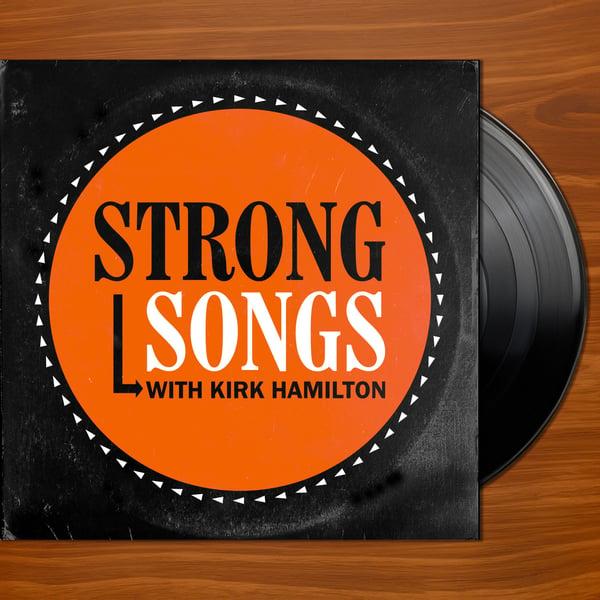"Kiss From a Rose" by Seal
Strong Songs
Kirk Hamilton
4.9 • 2.1K Ratings
🗓️ 16 October 2019
⏱️ 53 minutes
🧾️ Download transcript
Summary
Transcript
Click on a timestamp to play from that location
| 0:00.0 | Reed instruments like the clarinet and saxophone make sound thanks to a cane or wooden reed that is placed up |
| 0:14.2 | against a mouthpiece usually made of hard rubber or metal. The reed |
| 0:17.2 | then vibrates and that's where the sound comes from. However, double reed |
| 0:20.6 | instruments like the oboe, the English horn, horn and the bassoon make sound with two reeds |
| 0:24.3 | placed back to back that's why they sound so very different woodwinds man it's a whole thing The And the Welcome to Strong Songs, a Podcasts, a Podcasts, about Music. My name is Kirk Hamilton, and as always, I'm so glad that you to join me to talk about music. My name is Kirk Hamilton and as always I'm so glad that you |
| 1:03.8 | join me to talk about music made by single reads and double reads and triple and |
| 1:07.9 | quadruple reads. Here at Strong Songs we believe you can never have too many |
| 1:11.2 | reads. We've got a very highly requested and very strong |
| 1:14.4 | song for you this episode so kick back turn up the volume and enjoy the show. I've always thought that it's interesting how many different types of |
| 1:27.0 | instruments are categorized as woodwinds. All of the instruments that I |
| 1:30.0 | mentioned in that intro are woodwinds. The saxophone is a woodwind, the clarinet is a woodwind, the double |
| 1:35.3 | reeds, like the oboe and the bassoon, and the English horn of all woodwinds. Also the flute is a woodwind, |
| 1:39.7 | which you blow across a flute, you know, kind of like blowing across a co bottle or something to make a sound, so the flute doesn't have a read at all, yet it's still a woodwind. |
| 1:47.5 | Compared to brass instruments like the trumpet, trombone, euphonium, tuba, those all use a cup mouthpiece that you buzz into, |
| 1:54.0 | bhpph, you make that kind of a sound, sorry not much of a brass player, but they all kind of |
| 1:59.0 | make their tone the same way. Woodwinds are so much more varied and I think that's why |
| 2:03.6 | woodwind instruments and woodwind sections tend to have you know such a more |
| 2:07.5 | varied sound and the brass has a kind of a unified strong sound. It's a cool |
| 2:12.0 | distinction between the two kinds of wind instruments |
| 2:14.3 | that typically feature in wind ensembles and orchestras and always something |
| 2:17.7 | that I have valued particularly being a women player myself. This episode song |
| 2:22.2 | actually features a double read, an obo solo. It's |
... |
Please login to see the full transcript.
Disclaimer: The podcast and artwork embedded on this page are from Kirk Hamilton, and are the property of its owner and not affiliated with or endorsed by Tapesearch.
Generated transcripts are the property of Kirk Hamilton and are distributed freely under the Fair Use doctrine. Transcripts generated by Tapesearch are not guaranteed to be accurate.
Copyright © Tapesearch 2025.

